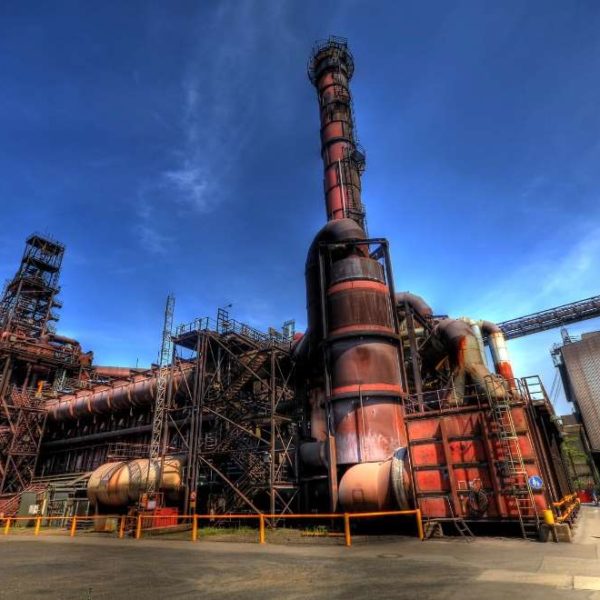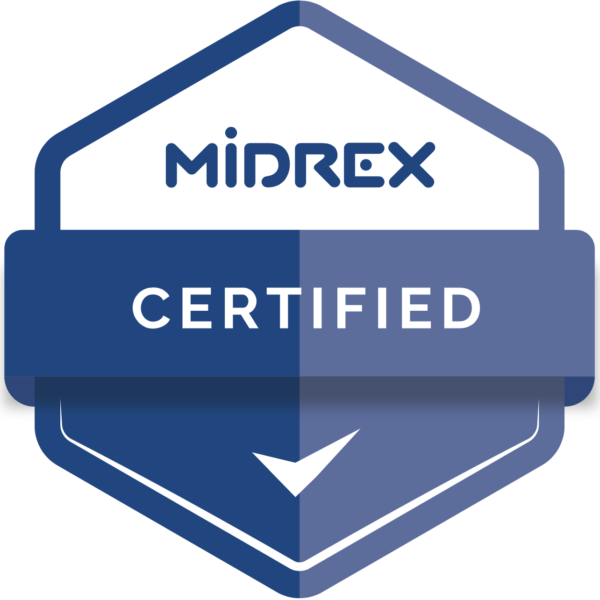German Federal Government to Provide €55 Million for ArcelorMittal’s Hydrogen DRI Plant

Editor’s note: This article is adapted from a 7 September 2021 ArcelorMittal news release.
During a recent visit to ArcelorMittal Germany’s steel plant in Hamburg, Federal Environment Minister Svenja Schulze pledged the Federal Government’s support for the construction of Germany’s first industrial scale hydrogen-based direct reduced iron (DRI) plant.
This demonstrator plant, which will use hydrogen exclusively as the chemical agent to reduce iron ore into DRI, is intended to lay the foundation for a steelmaking process that means steel can be produced with zero carbon-emissions{1}, using electric arc furnaces (EAFs) fed with hydrogen-reduced DRI and scrap metal, powered by renewable electricity.
The Federal Government has expressed its intention to provide €55 million of funding support towards the construction of the plant, which is half of the €110 million total capital expenditure required. The next step is for the European Commission to approve the Federal Government’s intention to provide funding before the installation of the new plant can begin. Production is scheduled to start in 2025.
DRI is currently produced using natural gas to reduce iron ore. In a transition phase, the process of reducing iron ore with hydrogen will first be demonstrated using hydrogen generated by the separation of waste gas from the Hamburg MIDREX® Plant. Once available in sufficient volumes and at an affordable price, green hydrogen – made from the electrolysis of water using renewable energy – will be used. By 2030, ArcelorMittal plans to produce more than one million metric tons (tons) of zero carbon-emissions steel a year in the Hamburg plant alone, thereby saving around 800,000 tons of CO2 emissions annually.
The plant is an important component of ArcelorMittal Germany’s Steel4Future strategy, which involves the conversion of its four German plants – in Hamburg, Bremen, Duisburg and Eisenhüttenstadt – to zero carbon-emissions steel production in the coming years.
This year ArcelorMittal Hamburg turned 50, as the MIDREX Plant was started up in 1971, and has produced over 18 million tons of DRI in its illustrious decades of operation. The Hamburg works already has one of the most energy-efficient production processes of the ArcelorMittal Group due to the production and use of natural gas-based DRI.
{1} On a Scope 1 and 2 basis. Scope 1 emissions are direct emissions that result from activities within an organization’s control. Scope 2 refers to indirect emissions from energy purchased by the organization, for its own use.

